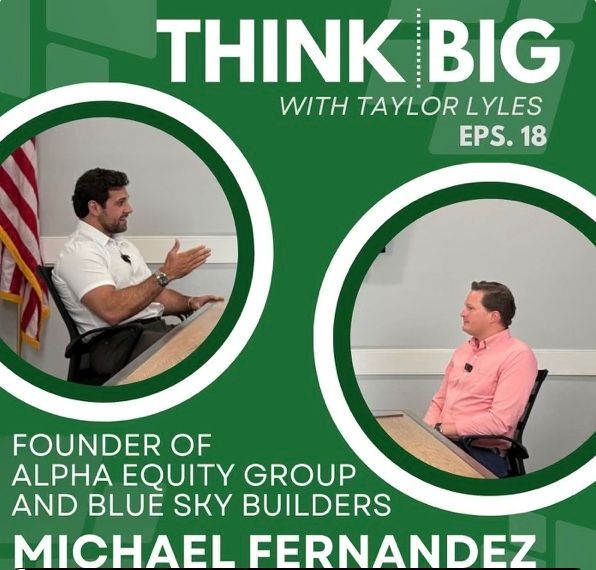Into the Future – Making Sense of Rates in a World That Doesn’t

In the world of capital markets, clarity is often fleeting — and today, it feels downright elusive.
The Federal Reserve’s latest June dot plot offered little in the way of certainty. While the median projection sees the Federal Funds Rate in the mid-3% range by the end of 2026, the dispersion among voting members is striking. Seven members predict no rate cuts in 2024, reflecting just how divided the committee remains in the face of conflicting data. This latest update marks a 25-50 basis point shift downward from May, but the overarching theme is one of caution, not conviction.
That sentiment is mirrored in the economic projections. Core PCE inflation, the Fed’s preferred inflation measure, is now expected to end 2025 at 3.0%, 30 basis points higher than earlier forecasts. Meanwhile, real GDP is forecast to slow from 2.3% in Q4 2024 to just 1.7% in 2025 — another sign that the lagged effects of monetary policy are expected to begin to show.
At the same time, the Fed’s balance sheet has shrunk dramatically, from a peak of $9 trillion in April 2022 to just $2.3 trillion today. That quantitative tightening, coupled with a lack of consistent inflation suppression, leaves both equity and bond markets vulnerable to further volatility.
This all feeds into an uncomfortable truth: rates are likely to remain higher for longer, and the market is struggling to price that reality. The VIX index, a 30-day forward-looking gauge of volatility in equities, is trending higher. When volatility rises even as indices fall, credit spreads widen, liquidity tightens, and financing risk surges.
For commercial real estate investors, this has enormous implications. As we explored in our recent article on CRE Price Discovery, the market remains in flux. The bid-ask spread in real estate is still somewhat wide, and most transaction activity today is being driven by maturing debt — not opportunistic investments banking on future growth. This means valuations are being forced downward, especially for assets that were purchased or refinanced at ultra-low rates in 2021–2022.
Consumer behavior is also in transition. Household formation is slowing, and personal savings rates are slowly ticking up although they are significantly down from longer term averages – which could reflect folks bracing for economic turbulence. U.S. household formation currently stands at 1.058 million, down 7.68% from last month’s 1.146 million and down 47.73% from 2.024 million a year ago.
Looking globally, demand for U.S. Treasuries remains a critical economic indicator that has trickling effects on the economy. A strong bid-to-cover ratio — like the 2.67x seen at the June 11th 10-Year Treasury auction, with nearly 88% of bids from foreign banks — is encouraging. It suggests continued faith in U.S. fiscal credibility and currency strength despite market apprehensions in our strength, such as the US credit rating being downgraded by Moody’s. This equilibrium is rather fragile. Should the U.S. continue to run massive budget deficits with a debt-to-GDP ratio north of 120%, investors may begin to demand higher yields — or worse, seek refuge in alternative stores of value.
Gold is one such store. The World Gold Council recently reported that 76% of central banks expect to increase their gold holdings over the next five years, up from 69% in 2023. This flight to real assets reflects growing concern about the long-term value of fiat currencies — and a desire to hedge against systemic risk.
The Bottom Line
- Rates are likely to remain high through 2025 and into 2026
- Inflation remains persistent but progress has been unclear
- Growth is slowing, and volatility is rising
- Real estate is repricing around debt maturity events
- Global capital is shifting cautiously, looking for safety
At Alpha Equity Group, we believe this is a time for discipline, not risk-taking. We’re staying patient, watching the data, and investing defensively — focusing on secured debt positions and capital preservation. While others chase uncertain upside, we’re building long-term value through downside protection while we wait out the convergence of dozens of factors completely outside our control.



